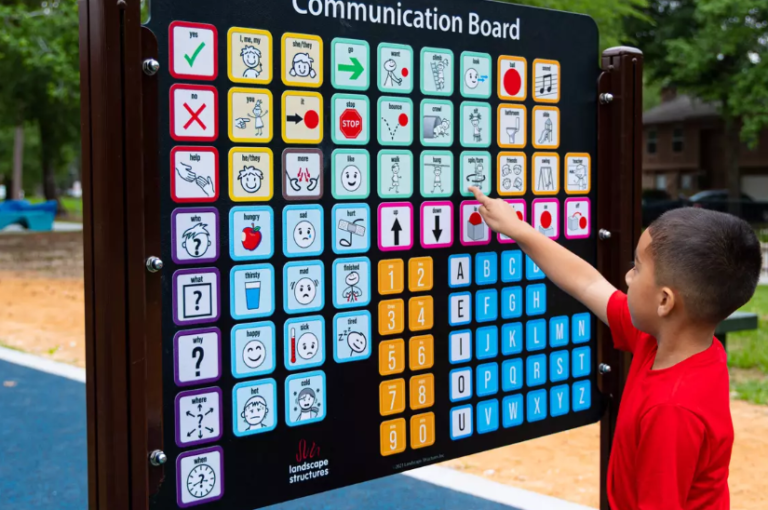A Cross-Curricular Approach
Integrating two or more subjects together for a cross-curricular project isn’t always easy, but, when done right, it can be deeply impactful for students. Art and Language Arts can seem like a natural fit. However it is important for both curriculums to benefit, and for both curriculums to be studied meaningfully. Representing written work through art in a collaborative mural is one way to do this.

Language Arts: Expressing Meaning
Students in a Grade 8 Language Arts studied the novel, Finding Audrey, by Sophie Kinsella. This particular novel resonated with many students, as it deals with modern issues, such as mental health, technology “addictions”, family dynamics, and overcoming challenges. Students responded strongly to the way that the protagonist, Audrey, is able to be vulnerable and overcome the many obstacles on her journey.
For their Language Arts assessment, students were asked to pick one significant moment from the novel, and to write about why this moment mattered in the novel, why it resonated with them individually, and why it was important for the world. The writing process required students to form meaningful connections between the book and their own lives (Text to Self), and between the book and their own immediate society (Text to World).
Art: Powerful Visual Representation
Once students explored and examined their chosen moment in Language Arts class, they were challenged to visually represent it in Art class as part of a collaborative mural. They were further challenged to do it in a way that drew from the Grade 8 Art curriculum: by creating depth and intentionally using colours to convey a specific mood.
Students were each responsible for contributing a ‘scene’ representative of their chosen moment from the novel. To incorporate more symbolic depth into the activity, a critical symbol in the story, a pair of glasses, was chosen to run across the entire mural and be the central image, posing an additional visual challenge to the students. Amazingly, some students embraced this criteria and integrated the segment of the glasses into their scene.
Coming Together
The final step for the mural was putting it all together. As the students stood around the mural, one by one, they started to place their pieces down in the order of the novel’s timeline. The moments spanned the entire plot, creating a beautiful and comprehensive array of artwork representative of the novel’s plot. Four students that had chosen the same moment, the climax, each represented the moment differently, adding to the diversity of the mural.
Putting the mural together as a class was a moment in which the students could appreciate that their individual efforts had together created an artistic and visual representation of the novel. An unexpected result of this was the sense of community the class felt through the project. Though they were making connections with the novel, they were also building connections between one another.
“We are reading about a dysfunctional family and we are in our own dysfunctional family.”
Elyse Olafson







